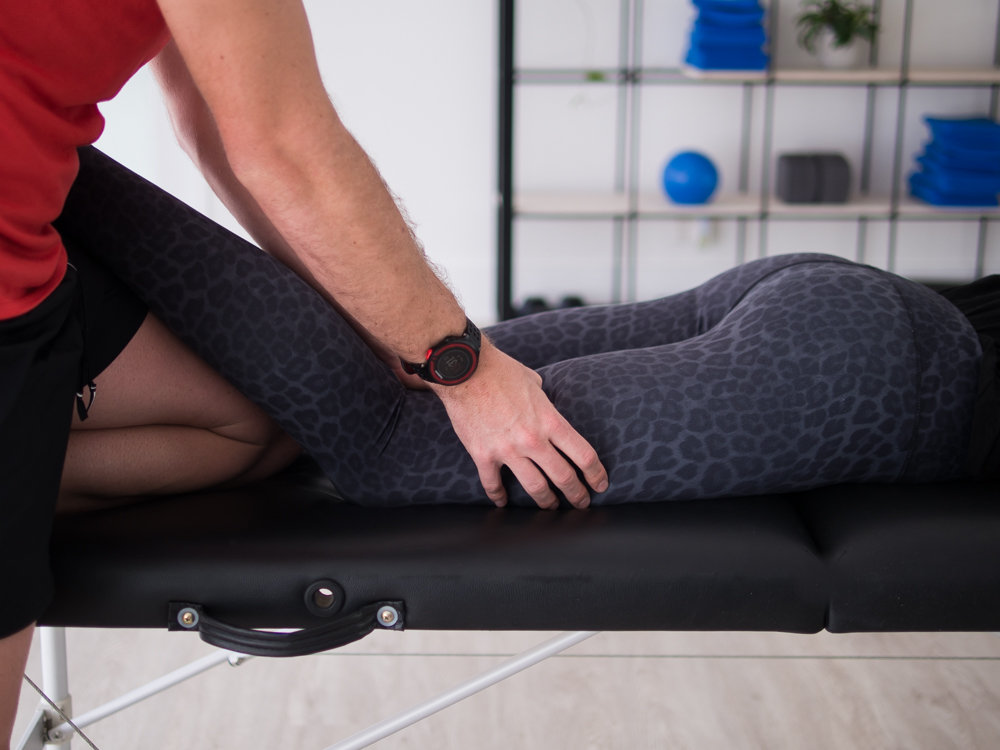Is it time we started thinking about hamstring strain injuries separately?
By Damian Raper, APA Titled Sports Physiotherapist and full time Physiotherapist for the Geelong Cats Football club.
Hamstring strain injuries (HSI) exhibit a high incidence and prevalence in football/soccer, Australian rules football, rugby union, cricket and other running sports at all levels of participation (Orchard et al. 2013, Ekstrand et al. 2011, Edouard et al. 2013). In Australian Rules football and soccer, incidence and prevalence rates remain unchanged in recent years (Ekstrand et al. 2013). Of equal concern is the high rate of recurrence of hamstring injuries. Whilst the rate of recurrence has shown a very slight downward trend in ARF over the past 10 years, there has been an increased prevalence during the same time period (Orchard et al. 2013). Football (11), and track & field (22) have shown no significant reduction in HSI during a similar number of years (Malliaropoulos et al. 2011).
The term “hamstring muscle” is the collective term referring to four muscles in the posterior thigh – semimembranosus, semitendinosus, biceps femoris long head and biceps femoris short head. Whilst I won’t bore you with the in depth anatomical analysis (that’s what the course is for), the morphology and architectural characteristics of each hamstring muscle is unique from the other (Woodley et al. 2005). This is an important detail though, because muscle architecture drives function. EMG studies have shown that activity levels of the four hamstring muscles vary with different knee flexion angles (Onishi et al. 2002). Similarly in running, each of the four hamstring muscles have different contributions to the gait cycle, be it decelerating the tibia in swing, or extending the hip in stance (Schache et al. 2013). Their varying anatomy, morphology and function make them quite the heterogeneous muscle group in my opinion.
Unfortunately, the four individual hamstring muscles always seemed to get lumped into one. A major limitation of the hamstring injury research is the grouping of hetrogenous injuries for analysis on risk factors and recurrence. Imagine if this was done with knee injuries, and ACL, PCL, LCL and MCL injuries were all bundled together and we tried to figure out why the happened. But they aren’t, and we have even been so specific as to look at the risk factors and prevention of “non-contact, mid-portion ACL injuries”, which excludes contact injuries! So why can’t we do the same with HSI?
Swedish hamstring expert Carl Askling has tried to do this to some extent. His papers have proposed dividing hamstring injuries into their mechanism of injury. We’ll discuss the mechanism of hamstring injuries and its relevance to pathology at more length in the course, but Askling talks about two main mechanisms – stretch and strain injuries. His beliefs are that these two types of mechanisms describe different injuries that occur in different muscles. I tend to agree, with stretch injuries tending to occur in the medial hamstring muscles and taking longer to return to sport. But I don’t think this approach is enough. I don’t feel that it delineates the different types of hamstring strain injuries thoroughly. In my opinion, until HSI are better identified as individual injuries, I don’t think we can get on top of the increasing number of injuries that are occurring.
